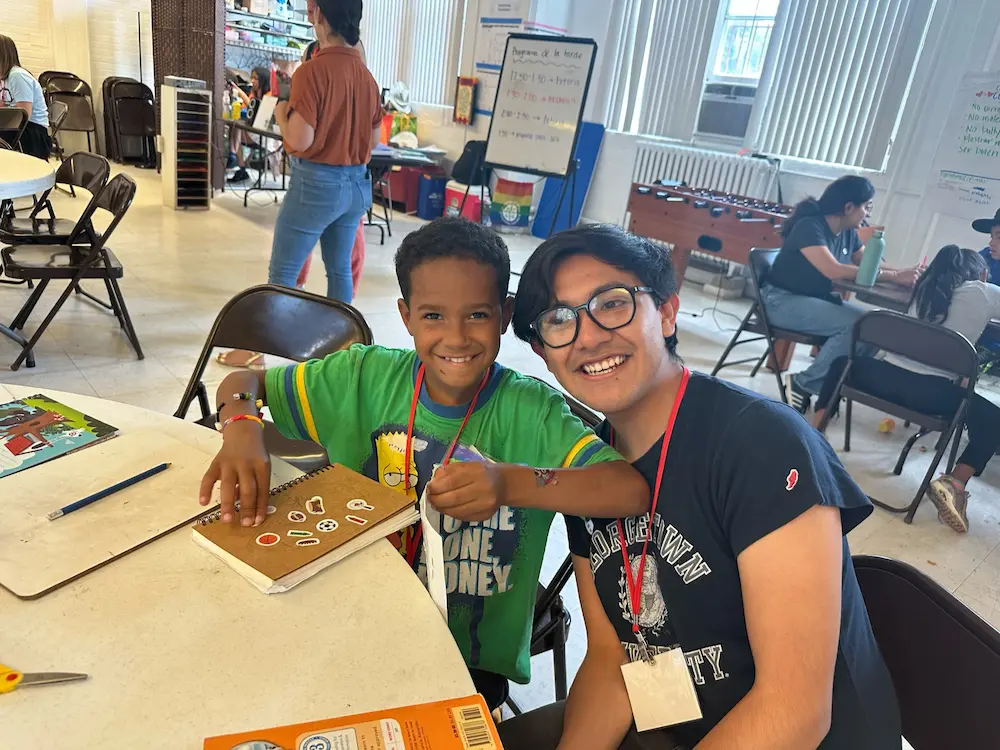Welcome to the Fourth Grade Math homepage! In fourth grade, students continue to extend foundational understandings from early elementary to build new ideas that will carry them into middle school. By fourth grade, most students will have a firm understanding of the base ten number system and this year, they will be asked to generalize their understanding to larger multi-digit numbers. Students will use place value to compare and round multi-digit numbers as well as to become fluent with the addition and subtraction algorithms. Students will also extend their knowledge of operations and place value to perform multi-digit multiplication and division. Students continue to delve into fractions and a huge emphasis will be placed on using models and equations to compare and order fractions as well as find equivalent fractions and explore improper fractions and mixed numbers. Finally, students explore the connection between decimals, fractions, and place value which will lay the conceptual understanding of decimals which will carry them into fifth grade and beyond. Across all units of study, fourth graders will continue to be challenged to think critically, make real-world connections, and apply problem-solving skills.

Please review the CityTutor DC Lesson Overview and terms of use before using CTDC lessons.
To support alignment with common DC curricula, please review the 4th Grade Pacing Guide.
In this unit, fourth graders build on their work with numbers to 1,000. Students explore bundling and unbundling groups of 10s, 100s, 1,000s to generalize about place value and our number system. Later, students will extend their understanding of rounding numbers to the nearest 10 or 100 to multi-digit numbers and apply this skill as a strategy to estimate sums and differences. Finally, students will master the addition and subtraction algorithms in multi-digit numbers.
In this unit, fourth graders build fluency in multiplication facts up to 12×12 and learn diverse multiplication strategies, such as arrays and the distributive property. Progressing from single-digit multiplication, students master multi-digit multiplication using standard algorithms and visuals. They apply multiplication to real-world problem-solving, including finding area and solving word problems. Additionally, they understand the relationship between multiplication and division as they lay a solid foundation for future mathematical concepts.
In partnership with the Office of the State Superintendent for Education (OSSE), CityTutor DC has developed a toolkit to help school leaders brainstorm and implement high-impact tutoring (HIT) in their schools.
Privacy Policy · Website designed by Buoy
Join CityTutor DC on Wednesday, November 20, for A Brighter Future: Learnings from Transforming Teaching, as we celebrate key findings and lessons learned during the pilot year of our Transforming Teaching Pilot (TTP) initiative.